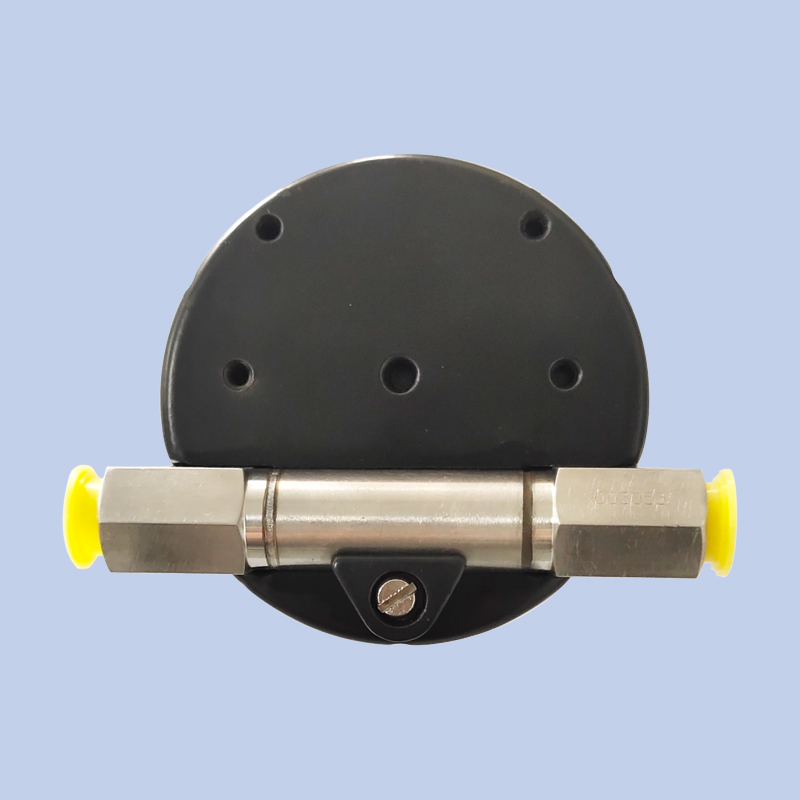
sep . 16, 2024 19:32 Back to list
difference between differential and absolute pressure gauges
Understanding the Difference Between Differential and Absolute Pressure Gauges
Pressure measurement is an essential aspect of various scientific and industrial processes, where the accuracy and type of measurement can significantly influence outcomes. Two common types of pressure gauges used in these applications are differential pressure gauges and absolute pressure gauges. While both instruments play crucial roles, each serves a specific purpose and operates on different principles.
Absolute Pressure Gauges
An absolute pressure gauge measures pressure relative to a perfect vacuum, which is considered as the absolute zero point of pressure. This type of gauge reads the total pressure exerted by a fluid, including atmospheric pressure. It provides a consistent and accurate reading that is essential for applications where precise pressure measurement is critical. For instance, absolute pressure measurements are vital in vacuum applications, barometric pressure measurements, and processes involving gases and liquids in a vacuum environment.
One significant advantage of absolute pressure gauges is their stability in varying atmospheric conditions, as they are not influenced by changes in ambient pressure. This makes them particularly suitable for laboratories and other controlled environments where accurate measurements are essential.
Differential Pressure Gauges
difference between differential and absolute pressure gauges

In contrast, a differential pressure gauge measures the difference in pressure between two points. This gauge provides readings that indicate how much higher the pressure is at one point compared to another, rather than measuring pressure against a vacuum. Differential pressure gauges are widely used in numerous industrial applications, such as monitoring filtration systems, flow measurement, and HVAC systems. They help in assessing pressure drops across filters or pipes, ensuring optimal operation and efficiency in systems.
The ability of differential gauges to compare two pressure points makes them incredibly versatile. For example, in a filtration system, these gauges can indicate when a filter is becoming clogged, as the differential pressure will increase, alerting operators to perform maintenance before complete failure occurs.
Key Differences
The primary difference between the two types of gauges lies in their reference point. While absolute pressure gauges provide readings relative to a vacuum, differential pressure gauges compare pressures between two separate locations. This leads to different applications and operational principles. Additionally, calibration requirements may vary between the two, as absolute gauges need to account for atmospheric fluctuations, whereas differential gauges depend primarily on the two pressure points being measured.
In summary, the choice between using an absolute pressure gauge or a differential pressure gauge hinges on the specific needs of the application. Understanding their differences can help engineers and technicians select the right instrument for precise and reliable pressure measurement, ensuring optimal performance in their respective systems. Whether in laboratory research or industrial processing, these gauges play a fundamental role in achieving accurate and effective results.
-
High-Precision 5 Valve Manifold Differential Pressure Gauge Suppliers
NewsApr.29,2025
-
High-Precision Diaphragm Vacuum Pressure Gauges Manufacturers & Quotes
NewsApr.29,2025
-
Omega Differential Pressure Gauges High Accuracy & Durability
NewsApr.28,2025
-
Low Pressure Differential Pressure Gauges Precision Solutions & Quotes
NewsApr.28,2025
-
Digital Diaphragm Pressure Gaauge Precision Measurement & OEM Quotes
NewsApr.28,2025
-
Differential Pressure Gauge China Price High-Accuracy & Best Quotes
NewsApr.28,2025
